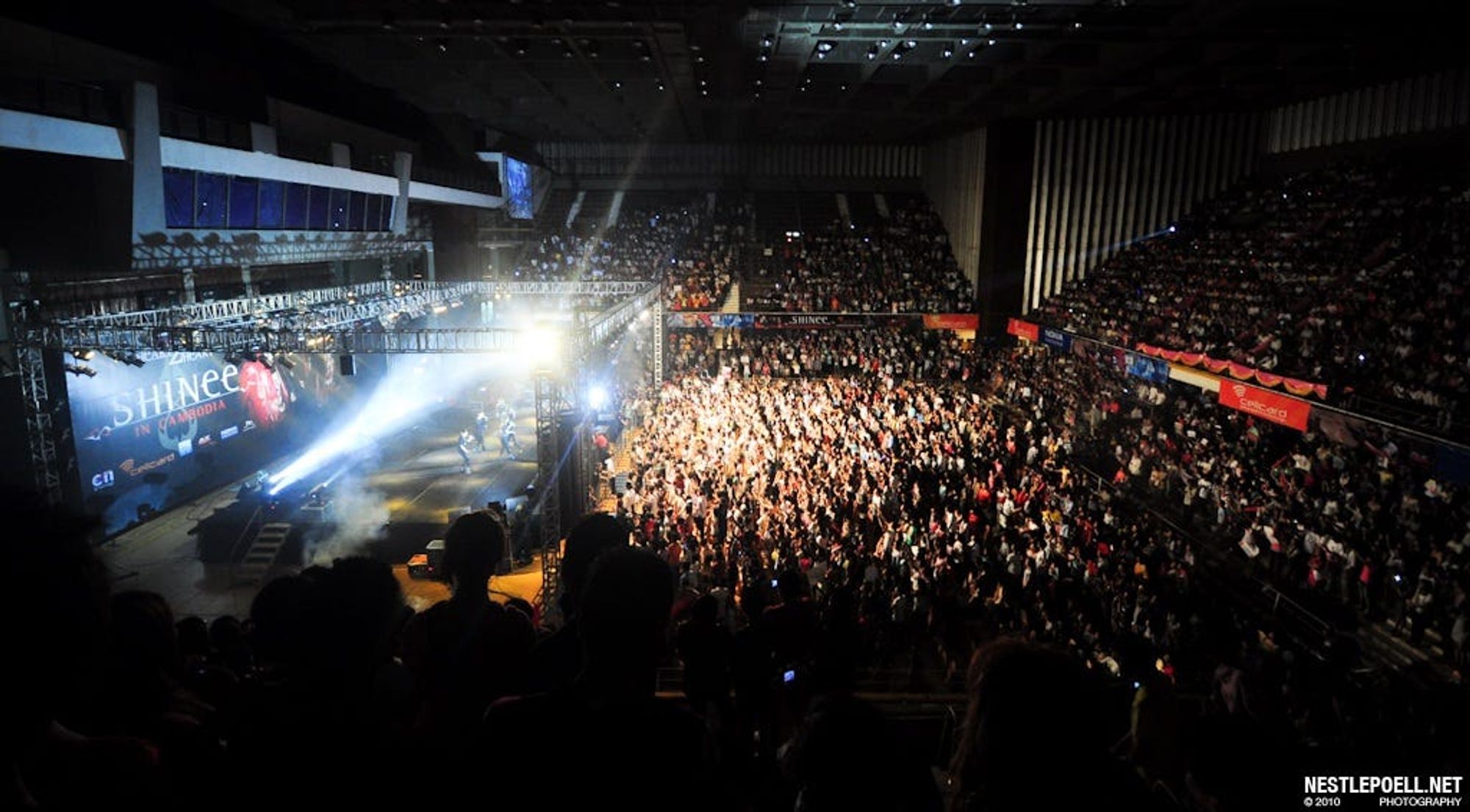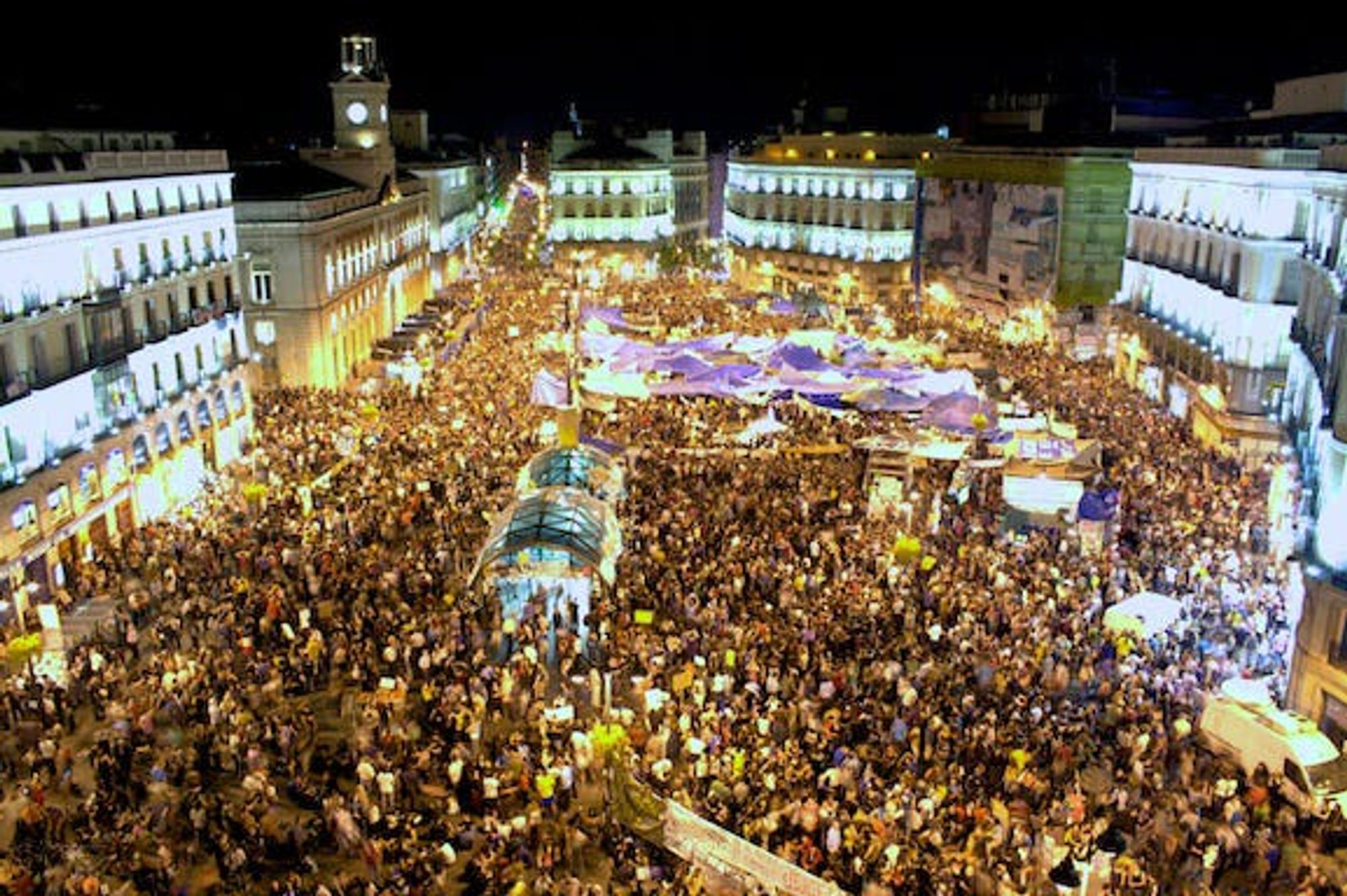Creative communities are pushing us to shift from thinking about product to thinking about process
Eduardo Marisca | 21 Oct 2013
I had the strange experience of finding myself defending Beliebers over the weekend.
Not something that happens to me ordinarily, I have to say. But in explaining what Beliebers were about, I knew I had to adopt a position of trying to understand why they exist, and what motivates them. The pressing question to me was, “why are Beliebers interesting at all?” And I believe (no pun intended here) that the answer goes beyond just the stated object of their affection. Just as with Beliebers, we’re often inclined to dismiss many of these transnational communities as byproducts of late capitalism, or from a much more judgemental point of view, to evaluate them from the perspective of cultural industries as mass deception.
I’m going to bypass the argument on why and how fan communities have grown to be much more than just legions of followers to become active participants of a chaotic, multi-layered structure of discourse around a brand, a product, a celebrity, or whatever, because I believe others have made that argument in the past much more successfully than I’d be able to — Matt Hills’s Fan Cultures or Henry Jenkins’s Convergence Culture are very good examples of such logics. And these logics provide a solid foundation to interpret the activities of these communities as much more then just passive consumption. But they also point in the direction of messy underlying processes that are happening within these communities, processes that can go entirely overlooked if we interpret these communities from the point of view of their outputs, their products or their results.
When examining the work of creative communities, it can be easy to dismiss this work from the point of view of products. It is often the case that creative communities are inefficient systems, prone to waste and redundancy, where loose coordination structures become obstacles to the creation of sustained value over time to people outside the community. In other words: creative communities are often criticised from the point of view that if they’re to be considered as something different than “just a hobby”, the leisure time invested in them could be better spent elsewhere. The products simply don’t justify the efforts invested in them.
But I believe the interesting thing to look for in the work of creative communities is how they consistently signal a shift from thinking about product to thinking about process. Sure, their products might not necessarily account for much. But that doesn’t mean nothing’s going on inside of them — in fact, many things are happening at once. Our understanding of production and creation is simply not geared to capturing that activity. We measure value in terms of outputs: where no outputs are being created at a significant rate, we infer there is no value being created.

So sure, from the point of view of outputs, Beliebers are incredibly uninteresting. So are other huge transnational cultural happenings, such as K-Pop and K-Drama fan communities, or open source software projects, which face similar derision from large amounts of people just as they keep growing and growing into massive global phenomena. Yet from the point of view of process, we find a different story: the efforts that go into coordinating global networks of participants which share relatively stable languages, references, practices, and interests, are massive. Even more so when we realise these networks are coordinated mostly on volunteer time, and often without major profit incentives, by untrained members of the community. These can become major efforts, and these are just the big hits: yet for every huge effort such as Linux, there are countless open source repositories on GitHub with communities anywhere from a few dozen to a few thousand followers which replicate these same processes and logics at a micro level.
For these communities to become successful — which, for now, we can just take it to mean that they become sustainable over time — various structures need to be set up to manage all this activity. That scaffolding requires significant learning and experimenting, and more often than not that scaffold will collapse and have to be rebuilt. Establishing the scaffold for the community represents the foundational social contract which, unlike in liberal theory, is permanently up for renegotiation. The permanent threat of “forking” — that a subset of a community may walk and set up camp somewhere else because of unresolved disagreement — forces community organisers to bargain and negotiate to maintain the precarious stability of the community as a whole.

Just last week, Zeynep Tufekci came to MIT to present at the CMS Colloquium Series on what made social media-fueled protests different from other social movements. Her argument (from which I’m borrowing already a lot of the language) was that it was incorrect to interpret protests such as Occupy Wall Street, or the protests at Gezi Park in Turkey, or the Indignados in Spain, strictly or solely in terms of their outputs and their results. This is, of course, the conventional media framing: CNN reporters visiting Occupy protesters in New York would quickly jump to the clearly unanswerable question of “what do you want to accomplish?”, fully knowing answers would be contradictory and ultimately embarrassing. CNN’s (and other media’s) message here was clear: these kids have no idea what they’re doing or what they’re trying to accomplish, therefore these protests have no value.

In Tufekci’s view, however, this is precisely the wrong approach. What was happening on the ground at these sites was a reinterpretation of the citizenship building process. These camps were effectively training grounds in alternative forms of citizenship, where people came motivated by their mutual discontent and through that came into contact with multiple new experiences and confrontations. It wasn’t so much about coming up with a new answer, but more about learning how to have the conversation with each other.
These, then, become the locations where movements begin to cultivate what Tufekci has termed “networked internalities”, or the internal capacities of a network to mobilise and articulate itself successfully. Just as creative communities need to put together a scaffold to make itself sustainable over time, so do social movements and protests. The capacities they’re building — the networked internalities that enable them to endure as movements — emerge endogenously from their very presence and their activities. Having lots of people introduces coordination issues; having even more people introduces leadership and scaling challenges; and so on. Different communities and different movements experiment with different approaches: distributed leadership, direct democracy, benevolent dictatorships, and so on. Some models work very well, some don’t, and some communities manage to become sustainable while some don’t. It’d be wrong, however, to push this in the direction of one-size-fits-all solutions: different communities need to come up with their own scaffolding, even if doing so appears to be inefficient. The whole point of everything is to go through the process to begin with.
And just as members of a community are never just members of a single network, so are these internalities not limited to just one network. Where communities become effective at articulating their own social contract and setting up their own scaffold, their learning can transcend their bounds and be translated into the experiences and needs of different groups. For many people, and young people especially, this is then becoming the primary way of interpreting how social entities operate: communities that grant agency to their members and provide spaces for learning and growth. As communities interact with each other, it becomes possible to compare and contrast what works better in which situations. And it also becomes possible to judge some experiences as inadequate, frustrating and unsatisfactory just because they don’t provide any of these spaces and possibilities. Just as watching broadcast TV becomes unspeakably frustrating after having experienced Netflix, many traditional ways of doing things — say, for example, political participation — become frustrating once there are so many opportunities to experience something different. The alternatives hint at the possibility of there being more interesting ways of doing things (though, granted, they probably fail to account for challenges of scaling, sustainability, legitimacy, equality, etc.) than are currently in place. Inevitably, the presence of these alternatives exerts pressure on the existing models for doing things by setting up newly minted expectations.
Which is another reason why creative communities, then, become especially interesting: within many of them there may be models, principles, structures, and processes being incubated right now that may later grow and become dominant cultural patterns. To understand where these are coming from, which ones work and why, and which ones don’t and where those go, becomes particularly relevant to identify alternative possible futures.